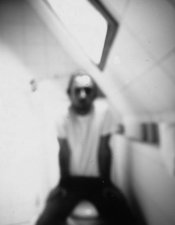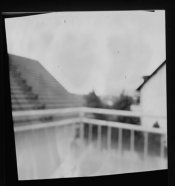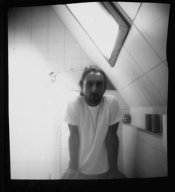I am using this website to do the maths for me: http://www.mrpinhole.com/calcpinh.php
So I researched about f-stop scale and wherever I find it they only show until f/256. While the f-stop of my camera is 339. I would like to find out the nearest f-stop to the one I got or even adapt it to a full stop but I don't know to do the maths. I know the maths formula but I don't know calculate it.
Does anybody can help me on this?
So I researched about f-stop scale and wherever I find it they only show until f/256. While the f-stop of my camera is 339. I would like to find out the nearest f-stop to the one I got or even adapt it to a full stop but I don't know to do the maths. I know the maths formula but I don't know calculate it.
Does anybody can help me on this?









